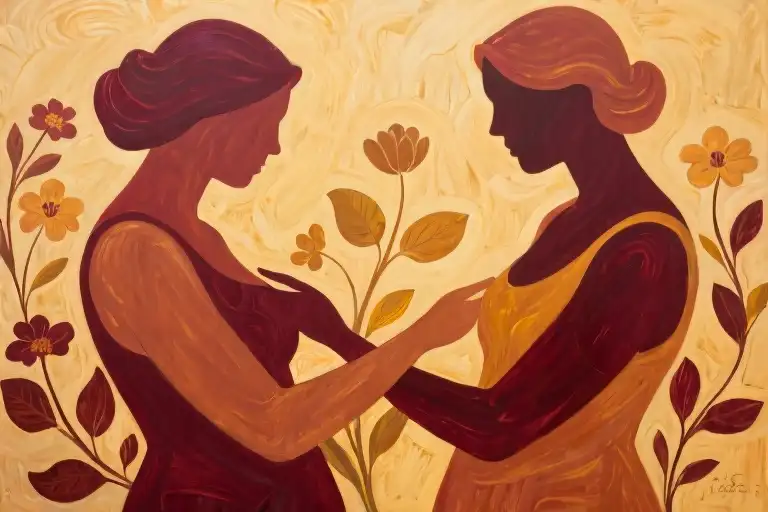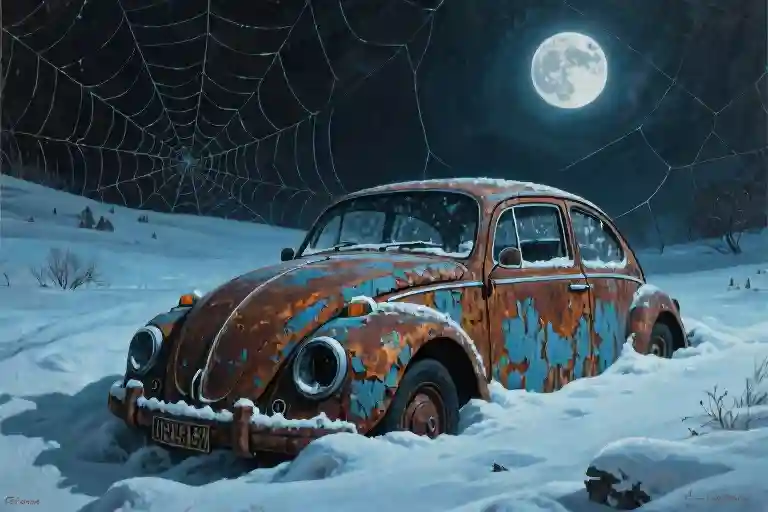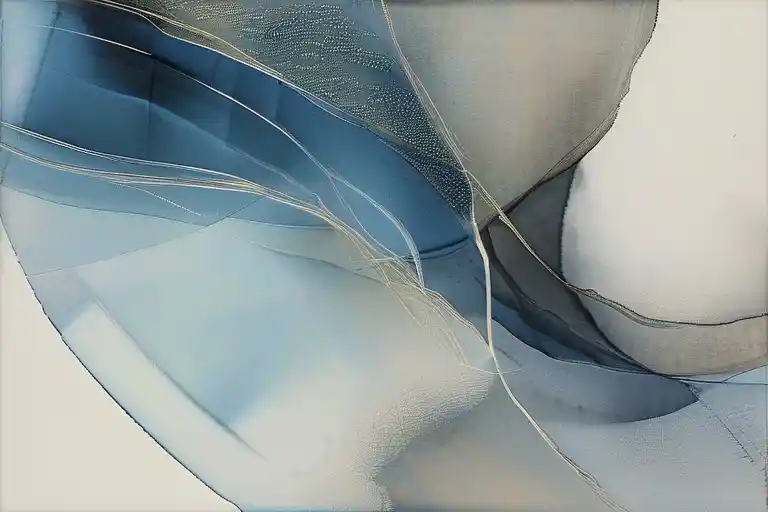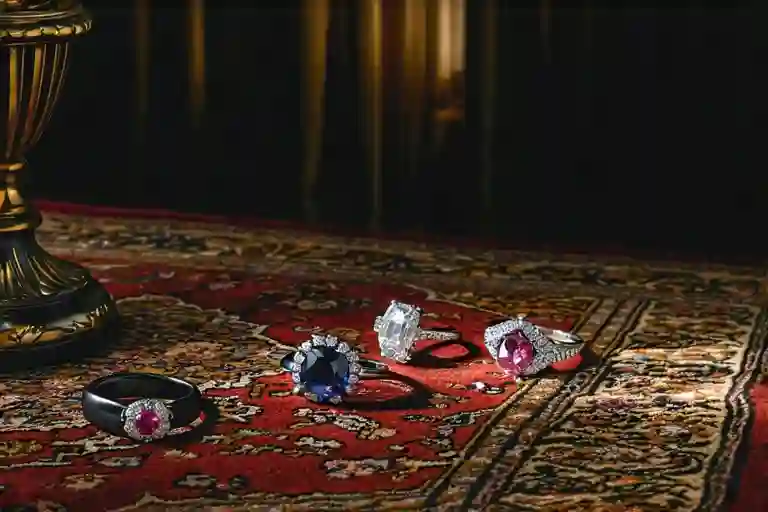When was the last time you encountered a story that truly reflected the complexities of being a woman in midlife? Not the caricatured ’empty nest’ tropes or comedic hot flashes, but narratives that honor the seismic shifts happening in careers, relationships, and identities during this transformative decade. Recent studies reveal 72% of women aged 45-60 feel mainstream media fails to represent their lived experiences—a staggering cultural blind spot given this demographic controls over $15 trillion in spending power globally.
Three groundbreaking novels are rewriting this narrative with unflinching honesty. Miranda July’s All Fours dissects desire in long-term marriages with surgical precision, while JoJo Moyes’ We All Live Here maps the emotional topography of post-divorce reconstruction. Ann Patchett’s Tom Lake offers a masterclass in reconciling youthful choices with midlife contentment. Together, they form a literary triad giving voice to what psychologist Dr. Louisa Sylvia terms ‘the second adolescence’—that potent intersection of hormonal changes, career reevaluations, and sexual rediscovery that defines contemporary female midlife.
What makes these stories revolutionary isn’t just their subjects, but their refusal to simplify. They acknowledge the simultaneous truths that a woman can adore her children yet mourn lost career opportunities, cherish marital stability while craving erotic reinvention, or feel profound gratitude alongside lingering ‘what ifs.’ This nuanced storytelling fills a critical gap identified by the Harvard Gender Policy Report: women between 40-60 consume 68% of literary fiction but see only 12% of protagonists reflecting their life stages authentically.
The cultural conversation is shifting. Where previous generations might have whispered about menopause or marital dissatisfaction, today’s midlife women are demanding narratives as multifaceted as their realities. These novels arrive as both mirror and map—validating shared experiences while illuminating paths through common challenges like:
- Navigating desire discrepancies in decade-long partnerships
- Rebuilding identity after divorce or career pivots
- Reconciling youthful aspirations with present-day realities
- Managing the emotional labor of caring for aging parents while supporting adult children
As we explore these literary touchstones, consider how their themes resonate with your own journey. The most powerful stories aren’t just read—they become lenses through which we understand our evolving selves.
When Marriage Stops Being Enough: The Awakening of Desire in Midlife
Long-term relationships often follow predictable trajectories. After years of shared history, inside jokes, and accumulated responsibilities, many women find themselves facing an unexpected emptiness – not of love, but of desire. Miranda July’s All Fours holds up an unflattering mirror to this nearly universal yet rarely discussed phenomenon of marital erosion, particularly through the lens of women in midlife.
The Wednesday Night Experiment
The novel’s unnamed protagonist makes a radical proposal to her husband Harris: one night of freedom each week. What begins as ‘Wednesday nights off’ evolves into an unspoken agreement to explore relationships outside their marriage while maintaining their family structure. July captures the uncomfortable truth about long-term partnerships – sometimes emotional disconnection happens gradually, like continental drift, until one day you wake up strangers sharing a mortgage.
This fictional arrangement mirrors real-life trends among women in midlife. A 2022 study in Journal of Marriage and Family Therapy found 43% of women aged 45-60 reported feeling ’emotionally divorced’ while remaining legally married. The protagonist’s survey of friends reveals a chorus of quiet dissatisfaction:
“Without a child I could dance across the sexism of my era, whereas becoming a mother shoved my face right down into it.”
This maternal observation underscores how caregiving responsibilities often accelerate the desire gap in heterosexual relationships, where women typically shoulder more invisible labor.
The Cliff and Second Adolescence
July introduces the powerful metaphor of ‘the cliff’ – that cultural assumption that women’s sexuality plummets after menopause. The protagonist’s premenopausal urgency reads like a counterattack against this stereotype, a last-ditch effort to claim sexual agency before society declares her expired.
Neurological research contradicts this outdated narrative. A 2023 UCLA study found women’s libido doesn’t disappear post-menopause but often transforms, with many reporting increased sexual confidence despite physiological changes. The hotel worker’s confession about her affair that ended her marriage suggests these awakenings frequently occur during major hormonal transitions.
The Double Standard of Desire
Imagine this same plot with genders reversed – a middle-aged man obsessing over a younger woman would likely elicit eye-rolls rather than empathy. July highlights society’s discomfort with female desire, particularly when it disrupts domestic stability. The protagonist’s artistic temperament allows her to ‘think outside the box,’ but her solution exposes deeper systemic issues:
- Career vs. Caregiving: Her stalled professional momentum mirrors many women’s experiences after child-rearing years
- Invisible Labor: The emotional work of maintaining family harmony falls disproportionately on her
- Sexual Scripts: Cultural expectations about ‘appropriate’ behavior for mothers versus fathers
Practical Steps Forward
For readers recognizing themselves in these pages, consider these reality-tested approaches:
- The Monthly Check-In
Set aside uninterrupted time to discuss each partner’s emotional needs using non-violent communication techniques - Desire Mapping
Separately journal answers to: “When have I felt most desired in this relationship? What conditions made that possible?” - Third Space Creation
Designate a neutral location (not home or work) for difficult conversations to prevent triggering habitual arguments - Hormone Literacy
Track physiological changes and discuss adjustments with a menopause-informed healthcare provider
July doesn’t offer tidy solutions because midlife transformations resist simplification. The open marriage experiment works until it doesn’t, reflecting real life’s messiness. What resonates is the protagonist’s courage to name her hunger – for passion, for creative fulfillment, for a self beyond wife and mother – before society could dismiss it as a ‘phase.’
Perhaps the most radical act All Fours proposes isn’t extramarital exploration, but the insistence that women at midlife deserve narratives as complex, contradictory and compelling as their lived experiences. As the protagonist’s mother wisely observes about their unconventional arrangement: “I think that’s what most people would want if they could have it.” The tragedy isn’t the desire, but our collective reluctance to acknowledge its existence.
From Ruins to Gardens: The Unconventional Rebuilding After Divorce (We All Live Here by JoJo Moyes)
Divorce in midlife often feels less like a fresh start and more like standing in the wreckage of a carefully constructed life. JoJo Moyes’ We All Live Here offers something rare in literature about women in midlife – not just the collapse, but the messy, joyful, and sometimes hilarious reconstruction. This isn’t about finding Prince Charming 2.0; it’s about discovering that the rubble contains unexpected building materials for a life you never imagined wanting.
The Stepfather Paradox: Redefining Family Support Systems
One of the book’s most radical revelations comes in the form of Lila Kennedy’s stepfather – not her biological father – becoming her primary support after divorce. Moyes subtly dismantles the nuclear family myth by showing how non-traditional relationships can provide the most authentic safety nets. When Lila’s ex-husband exits stage left, it’s her mother’s second husband who steps in to help with childcare, household logistics, and that most precious midlife commodity: emotional bandwidth.
This mirrors a growing real-world trend where blended families demonstrate more resilience than traditional structures during major life transitions. The novel suggests we’ve been asking the wrong question – instead of “Why don’t more fathers share parenting equally?” perhaps we should ask “How can we cultivate multiple reliable adults in every child’s life?”
The Dead Tree Dialogue: Shedding the Victim Identity
Moyes delivers one of contemporary fiction’s most powerful metaphors through a seemingly minor interaction. When a tree specialist assesses a dying oak on Lila’s property, he delivers an unexpected life lesson: “Don’t let someone else’s bad behavior become who you are.” This moment crystallizes the book’s central theme – the transition from seeing oneself as a divorce casualty to becoming the architect of what comes next.
The genius lies in how Moyes makes this transformation feel earned rather than trite. Lila doesn’t simply wake up empowered; she cycles through anger, self-pity, and disorientation before gradually recognizing that her ex-husband’s choices needn’t define her permanent identity. For readers navigating similar territory, this provides both permission to grieve and a roadmap forward.
Mother-Daughter Mirrors: Generational Judgments and Grace
Perhaps the novel’s most piercing insight comes through Lila’s teenage daughter, whose harsh assessments of her mother’s post-divorce choices ring painfully true. Moyes captures how children – even loving ones – often view parental decisions through the simplistic lens of their own limited experience. The brilliance lies in showing how these judgments evolve as the daughter matures, hinting at future understanding.
This generational tension reflects a broader cultural shift. Where previous eras might have seen divorce as shameful, younger generations often view staying in unhappy marriages as the greater failure. The novel sits comfortably in this ambiguity, validating Lila’s pain while acknowledging her daughter’s perspective contains its own truth.
Building Elastic Families: Practical Wisdom from Fiction
Beyond its narrative pleasures, We All Live Here offers concrete strategies for midlife rebuilding:
- Recruit your village intentionally – Like Lila, identify which relationships can stretch to meet new needs, whether step-relatives, friends, or community connections.
- Create new rituals – The Kennedy family’s unconventional holiday celebrations model how to honor the past while making space for fresh traditions.
- Allow for messy transitions – Moyes gives Lila permission to be a work-in-progress, a crucial reminder that midlife reinvention rarely follows a straight line.
- Watch your language – The shift from “broken home” to “blended family” in the novel mirrors psychological research showing how framing affects recovery.
What makes Moyes’ approach unique is her refusal to position divorce as either tragedy or triumph. Like the cherry orchard in Tom Lake or the Los Angeles hills in All Fours, the physical setting becomes a character in its own right – the inherited house that Lila must learn to inhabit differently becomes the perfect metaphor for midlife’s central challenge: not starting over, but learning to live beautifully within the altered contours of a familiar life.
The Weight of Choices: Looking Back with Clarity (Tom Lake)
Ann Patchett’s Tom Lake offers a poignant meditation on the roads taken and not taken in a woman’s life. Set against the quiet rhythms of a Michigan cherry farm during pandemic lockdowns, the novel explores how Lara Nelson’s youthful dalliance with fame contrasts with her chosen life of domestic stability—a narrative that resonates deeply with women in midlife reevaluating their own crossroads.
The Allure of What Might Have Been
The novel’s central tension emerges when Lara’s three adult daughters—home during COVID-19—discover their mother once shared a summer romance with now-famous actor Peter Duke. Their wide-eyed fascination (“You dated Duke?!”) triggers Lara’s gradual revelation of her brief acting career and passionate entanglement with Hollywood’s golden boy. Patchett masterfully uses this generational dynamic to examine how youthful choices appear radically different through the lens of midlife wisdom.
Key scenes highlight the symbolic opposition between lifestyles:
- The chaotic energy of summer stock theater versus the seasonal predictability of cherry harvesting
- Spontaneous sexual encounters with Duke versus the steady partnership with her farmer husband
- The glittering possibility of Hollywood versus the grounded satisfaction of raising children
The Psychology of “What If”
Patchett taps into the universal human tendency toward counterfactual thinking—that mental habit of imagining alternative life scenarios. Research shows this cognitive process peaks during midlife transitions, when women often reassess earlier decisions. The novel provides a nuanced case study:
- Romanticizing the Path Not Taken: Lara’s daughters initially view her acting past as a tragic “missed opportunity,” projecting their own youthful aspirations onto her story.
- The Reality Check: Through flashbacks, we see the less-glamorous truths Lara recalls—Duke’s mercurial temperament, the instability of acting careers, the emptiness of brief encounters compared to lasting love.
- Quiet Confirmation: In the novel’s closing chapters, Lara reflects: “I could not have known then that this was the life I always wanted.” This quiet epiphany mirrors what psychologists call narrative identity—how we reconstruct our past to find meaning in present circumstances.
Making Peace with Our Alternate Selves
For readers navigating their own midlife reflections, Tom Lake offers several practical insights:
- Recognize the Editing of Memory: Like Lara, we tend to remember past options as more ideal than they truly were. Keeping journals or talking to friends who knew us “then” can provide reality checks.
- Spot the Hidden Gains: Lara realizes her farming life gave her what youthful Lara truly craved—authentic connection, creative expression (through gardening), and legacy (through her children).
- Reframe Regret as Data: The novel suggests our “might-have-beens” aren’t failures but navigation points showing what we truly value. That college major you didn’t choose? It signaled your love for learning, which you now satisfy through book clubs.
The Generational Mirror
Patchett adds depth by showing how Lara’s daughters interpret her choices through their own life stages:
- Eldest daughter sees wasted potential, reflecting her own career anxieties
- Middle daughter romanticizes the drama, revealing her hunger for excitement
- Youngest daughter intuits the deeper satisfactions, showing nascent wisdom
This multigenerational perspective helps readers consider how their own mothers’ choices—and their judgments of those choices—might evolve with time.
Tom Lake ultimately argues that midlife’s gift is this: the clarity to see our choices not as right or wrong, but as the threads that wove us into who we were meant to become. As Lara tends her cherry trees—pruning some branches, nurturing others—readers witness the beautiful ordinariness of a life well-lived, and the extraordinary courage it takes to recognize it as such.
Closing Thoughts: The Rich Tapestry of Midlife Womanhood
The three novels we’ve explored—All Fours, We All Live Here, and Tom Lake—paint an extraordinary portrait of women in midlife that defies simplistic labels. These stories remind us that the middle years aren’t about decline, but about becoming: becoming bolder, becoming wiser, becoming more unapologetically ourselves.
The Unfinished Revolution of Female Desire
What ties these narratives together is their fearless examination of female desire in marriage and beyond. Miranda July’s protagonist challenges the assumption that long-term partnerships must follow a predetermined script, while Ann Patchett’s Lara quietly reconciles youthful passion with mature contentment. Between them, Jojo Moyes’ Lila Kennedy demonstrates how divorce after 40 can become an unexpected gateway to reinvention.
These characters embody what psychologists call “second adolescence“—that potent mix of hormonal shifts and existential reevaluation that many experience during menopause and sexuality transitions. Where society often sees an ending, these novels reveal beginnings: new sexual self-awareness, reshaped relationships, and hard-won clarity about what truly satisfies.
Your Story Matters Too
Now we’d love to hear from you:
- Which character’s journey resonated most with your own midlife transformation?
- Have you experienced a “second adolescence” of rediscovery?
- What books have helped you navigate this life chapter?
Share your thoughts in the comments—your story might be the lifeline another woman needs.
Further Reading for the Journey Ahead
For those hungry for more nuanced explorations of women in midlife, consider these remarkable works:
- The Change by Kirsten Miller (a thriller exploring menopausal superpowers)
- French Braid by Anne Tyler (generational wisdom about marriage’s evolving shapes)
- The Latecomer by Jean Hanff Korelitz (on late-in-life self-reinvention)
- Our Wives Under the Sea by Julia Armfield (queer midlife love and loss)
As these stories prove, middle age isn’t the intermission—it’s where the plot thickens. Here’s to embracing every layered, messy, glorious chapter ahead.





